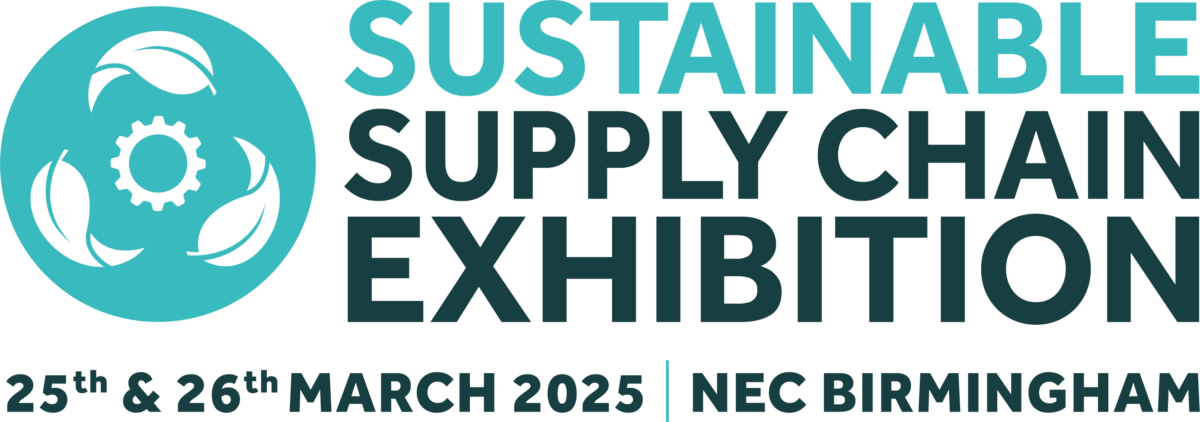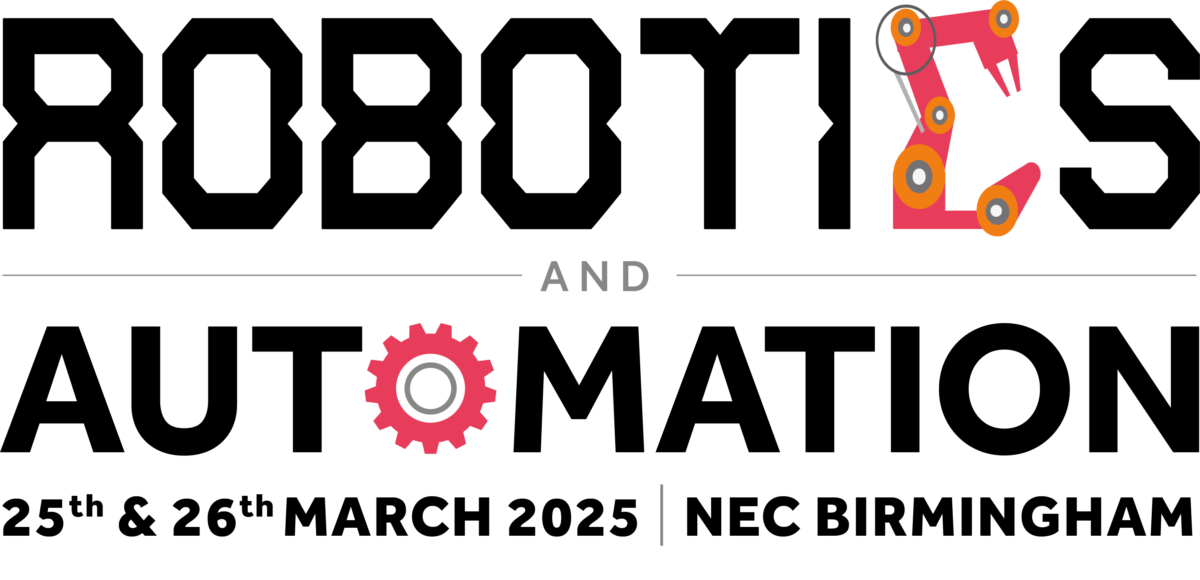After consolidating three distribution centres into one larger facility, Hugo Boss boosted efficiency further with RFID.
Fashion brand Hugo Boss has improved efficiency at its hanging garment distribution centre in Metzingen, Germany after implementing a Fördertechnik clothes hanger adapter featuring an RFID system from Baluff.
The facility stores around 1.35 million articles from across the company’s two core brands Boss and Hugo, as well as its four fashion lines Boss Black, Boss Selection, Boss Orange and Boss Green, and dispatches some 100,000 each day.
The company operates from more than 6,100 retail locations in some 110 countries across the world, and has invested a significant sum of money in its logistics processes over the past couple of years to keep up with demand.
In May 2009 it established a multi-channel warehouse at its Metzingen headquarters, consolidating three distribution centres in the region into one facility offering more than 1m sq ft of space.
“Now the customer receives his entire order from a single location, not split up into two or three shipments as before,” says Claus Leibfritz, head of logistics planning at Hugo Boss.
Identify
The fashion label now uses Fordertechnik’s clothes hanger adapter L-VIS to move and identify garments on 100km of suspension rods over a 37km long transport line.
At the sorting area each garment is given its own L-VIS which contains a Baluff RFID chip and a 2D barcode holding identical information. The RFID code is read automatically by the conveying technology, while the 2D codes are read manually using a hand-held reader.
Previously, the company had used a trolley-based system, which featured a clothes rod that could hold a number of garments headed for the same destination. However the rail-guided rods took up a lot of space in the buffer and storage zones, especially when only a few garments were hanging on them.
Empty trolleys also had to be kept at various locations within the conveyor line to keep the product flow moving.[asset_ref id=”1217″]
Leibfritz says: “An L-VIS is like a virtual trolley which is installed on the first part of a transport unit.”
This means any number of garments can be contained and moved through the accumulation and buffer lines without any gaps as the next unit follows immediately, separated by an additional L-VIS. The Metzingen facility uses 45,000 of these units.
The RFID chip is from Baluff’s BIS series, which allows inductive data exchange within direct alignment of the product with a reader, and without contact.
BIS comprises a rugged data carrier, a read/write head and a processor. The data carriers require no separate power supply as they receive energy from the read/write unit.
Hugo Boss is using the BIS M, which has a transmission frequency of 13.56 MHz and a compact antenna, which is suitable for applications where data needs to be captured quickly and in tight mounting conditions.
It is possible to supply the decoder with 30 read heads attached, but in Hugo Boss’ case, as the facility is so large, it was more appropriate to equip each processor with just two read heads.
As the warehouse is separated into blocks, each of which consists of multiple aisles, the read heads are located in front and inside each section. This enables transport units to be tracked as they travel over the entire conveyor line, as well as within the aisles between the individual shelves.
A 2D code alone would have required camera technology to be installed at all 110 read stations, plus it was decided that cameras would not have been capable of reading the codes reliably at the speeds Hugo Boss required.
Hugo Boss claims that despite its high personnel costs the facility can still operate more economically than those in neighbouring countries due to the high level of automation and short transport distances within the warehouse.






